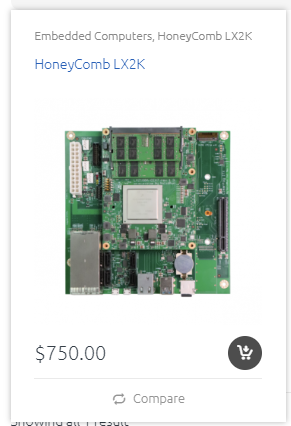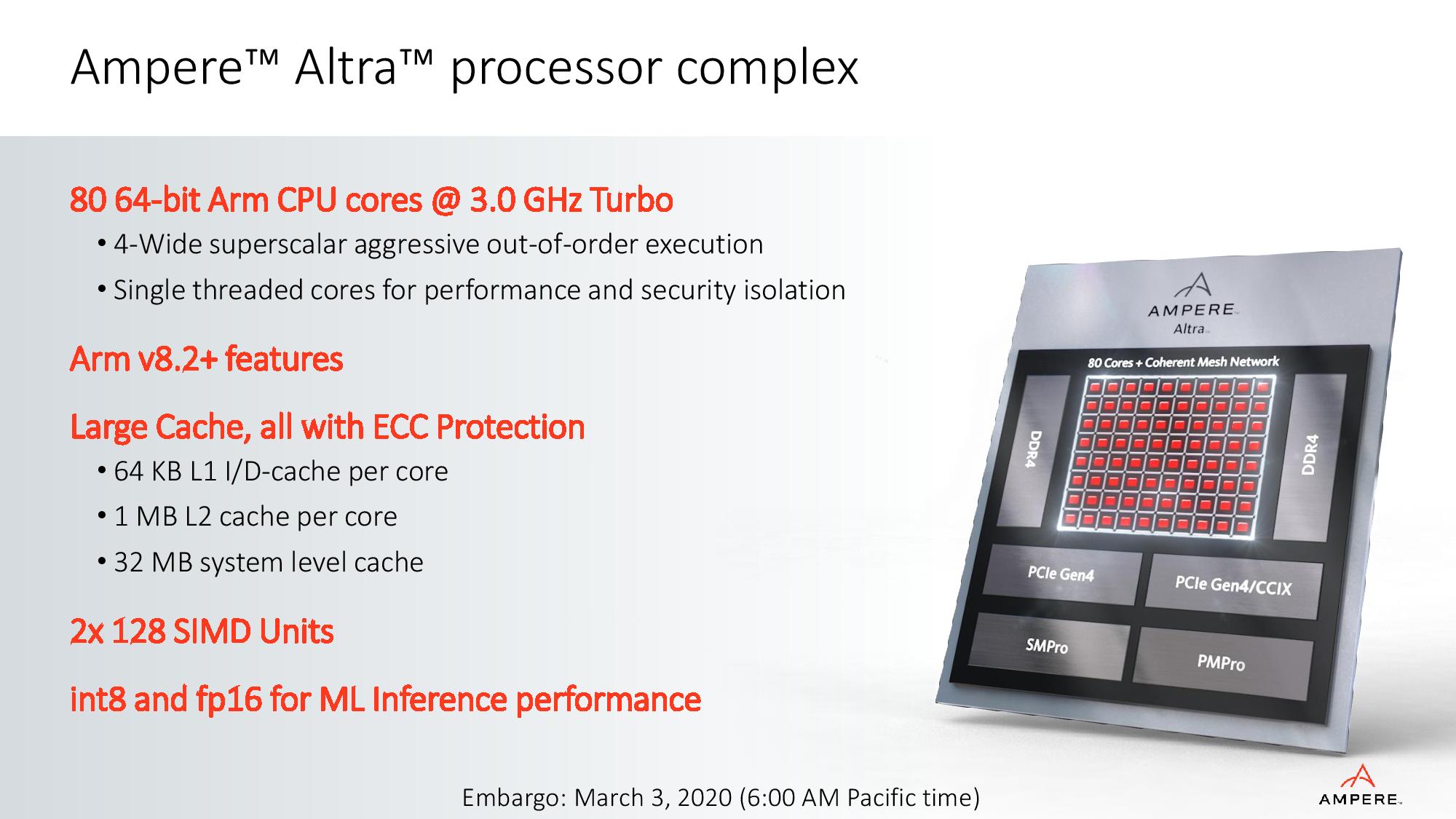Avantek's Arm Workstation: Ampere eMAG 8180 32-core Arm64 Review
by Andrei Frumusanu on May 22, 2020 8:00 AM ESTConclusion - All Eyes on an Altra System
Overall, my expectations of the eMAG Workstation at the beginning were in my view quite realistic, but I can’t help but still feel a bit underwhelmed by the actual experience of the system.
Yes, it’s incredibly important to have an SBSA system that boots generic OS images – and this probably remains the single biggest advantage of the eMAG to date. The problem is that even accounting for all those advantages, the aging CPU’s lacklustre performance just doesn’t add up to the extremely high cost of the system.


Ampere eMAG Workstation vs HoneyComb LX2K Pricing
If you’re a developer who needs to work on hardware enablement and make use of the SBSA system for software development, then you probably won’t need to be reading this piece to rationalise the eMAG Workstation, you probably already have one.
For the general populace, there’s better value Arm alternatives out there, even if SBSA is to be compromised.
Ampere Altra: 80 High-Performance Cores

What’s actually more important than the current generation eMAG Workstation is the possibility of Avantek and Ampere creating an updated successor based on the new Altra processor.
Amazon has already proven that Arm’s Neoverse-N1 CPU cores performs extremely well, and Ampere’s implementation with 80 cores and higher up to 3GHz clock speeds should pretty much outperform the cloud-provider’s chip.
From a software perspective, the eMAG Workstation is great. Iterating on that aspect, updating the hardware with the newest Ampere chip, and improving the cooling solution to something that’s quieter in an office environment, Avantek could see a ton of success with such a system, finally turbo-charging the Arm software ecosystems and finally giving developers the machines they’ve been demanding for years.
Avantek told us they’re willing to build such a system as long as there’s sufficient demand for it. I think the demand is there, we just need more awareness and for the hardware to deliver on its performance.
Related Reading:
- Arm Development For The Office: Unboxing an Ampere eMag Workstation
- Next Generation Arm Server: Ampere’s Altra 80-core N1 SoC for Hyperscalers against Rome and Xeon
- 80-Core N1 Next-Gen Ampere, ‘QuickSilver’: The Anti-Graviton2
- Arm Server CPUs: You Can Now Buy Ampere’s eMAG in a Workstation
- Ampere eMAG in the Cloud: 32 Arm Core Instance for $1/hr
- Arm Announces Neoverse N1 & E1 Platforms & CPUs: Enabling A Huge Jump In Infrastructure Performance










35 Comments
View All Comments
mode_13h - Sunday, May 24, 2020 - link
Heh, yeah. Hopefully, just a typo.mode_13h - Sunday, May 24, 2020 - link
Cool review. Thanks.If you'd asked me 5-7 years ago, I thought I'd already be running an ARM-based server or workstation, by now. Maybe I was off by a few years?
Anyway, I think we'll look back on this as a milestone. It's not the very first ARM-based workstation I've seen (for that, check out https://www.phoronix.com/scan.php?page=article&... ), but certainly the most compelling.
KAlmquist - Monday, May 25, 2020 - link
Linking is, in principle, pretty parallelizable. Static libraries are a problem for parallel linking because you have to know which symbols are referenced but not defined by files preceding the library before you can determine which object files in the library are needed, but these days people use shared libraries instead of static libraries. Generating the memory layout is a single threaded operation, but a quick one.There are a lot of companies that would benefit from the existence of a parallelized linker. Avantek would have a more compelling product. Any company that does lots of software development would benefit from shorter build times. So I expect that eventually someone will fund the development of such a linker.
schm121 - Tuesday, May 26, 2020 - link
We always enjoy your articles its inspired a lot by reading your articles day by day. So please accept my thanks and congrats for success of your latest series.https://www.schmhyd.edu.in/
futurepastnow - Thursday, June 11, 2020 - link
The next Mac Pro?